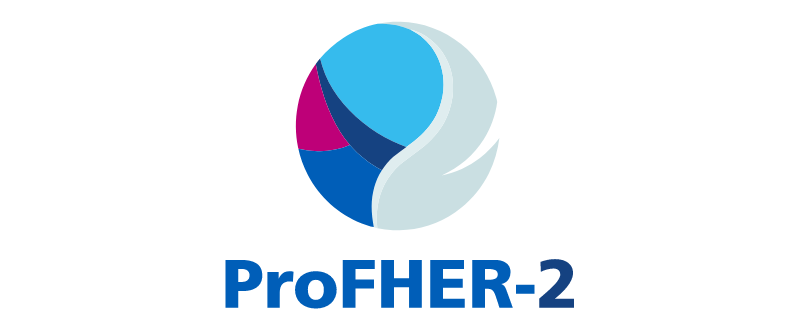Full title
Proximal Fracture of the Humerus: Evaluation by Randomisation 2 (ProFHER-2)
Background
Proximal humeral (shoulder) fractures are painful injuries, accounting for 5-6% of all adult fractures. They are 2-3 times more common in women and are mostly because of a fall from a standing height. Numbers of these fractures are predicted to increase due to the growing numbers of fragility fractures due to an aging population.
When a fracture of the proximal humerus occurs, the pattern of injury varies. The 3 key elements of the injury are:
- The number of fractured parts (i.e. two, three or four parts)
- Whether the shoulder joint is dislocated as well as fractured
- Whether the joint surface itself is fractured
Treatment of these fractures can be either non-surgical or surgical. Various factors influence the decision making on the management of these fractures (e.g., frailty of the patient, complexity of the fracture, patient age).
What we are doing
The ProFHER-2 trial is assessing the clinical and cost-effectiveness of two types shoulder replacements (hemiarthroplasty and reverse total shoulder replacement).
It also aims to compare the effectiveness of these surgical procedures with non-surgical treatment in adults over the age of 65 years.
Chief investigator
Professor Amar Rangan
Sponsor
South Tees Hospitals NHS Foundation Trust
Funder
NIHR Health Technology Assessment (HTA)
Current status
Recruiting
